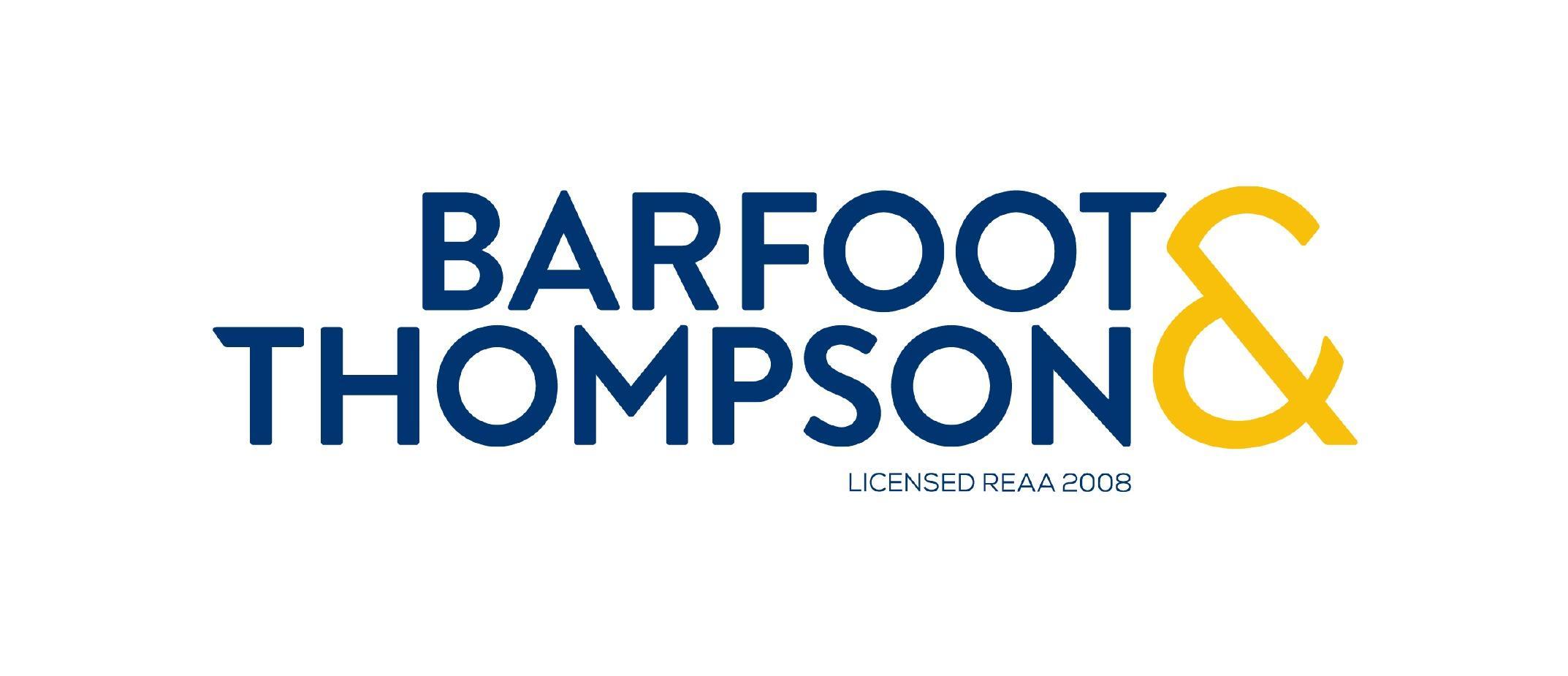Inflation is currently a critical concern in NZ and globally, which has knock-on effects on the housing market via a higher official cash rate (OCR) and increased mortgage rates. However, while there’s no doubt that all of this presents significant challenges for our property market – and materially affects investor’s sums – some key points need to be made.
Firstly, let’s not confuse a high level of consumer prices with inflation – the latter being the rate of change in prices. You can still have things costing a lot (e.g. $3 for a litre of petrol), but if they’ve been flat at that higher level for some time, inflation/rate of change will naturally slow. And if that broadens out across a range of goods and services in the economy, slowing overall inflation can give the Reserve Bank headroom to start pondering OCR cuts.
Now, that’s not really on the horizon yet. Indeed, we still have a high level of consumer prices and a high rate of change (inflation). The Reserve Bank could increase OCR by at least another 1% (maybe even 1.5%) before we hit the first half of 2023. My point is this: monetary policy is concerned with the rate of change in prices (not the level). As inflation (hopefully) starts to slow over the next 12-24 months, it’s not out of the question that the OCR could begin to come down again towards the end of 2023 or into 2024.
Consider also that mortgage rates may not be that far from a peak. Sure, another 1-1.5% increase in the OCR would put upward pressure on retail mortgage rates in the coming months. But don’t forget, a lot of the anticipated/speculated would-be OCR increases have already been ‘priced in’ to the current rates. If inflation shows signs of slowing, the financial market might anticipate a change of tack from the Reserve Bank and start to factor in lower mortgage rates.
On top of that, it’s not just the OCR; many other things matter for mortgage rates, too – such as the intensity of banking sector competition (witness bank cashbacks at present) and what’s happening overseas in wholesale money markets. Those offshore rates (which have shown signs of falling recently) tend to influence our longer-term fixes here.
To be fair, I’m not downplaying the challenges – e.g. 46% of existing mortgages are currently fixed (at low rates of around 3% on average) but need to be repriced in the next 12 months to rates likely above 5% or even pushing 6%. And, of course, inflation isn’t under control just yet. Therefore, it’s right to be prudent. Indeed, the CoreLogic Buyer Classification data shows that the market share of property purchases going to mortgaged multiple property owners (both nationally and in Auckland) is lower than it was 12-18 months ago – and that’s within a quieter overall market in terms of the number of deals too.
All in all, I encourage investors to be clear-minded that a potential slowdown in inflation over the next year or two, with the OCR and mortgage rates possibly falling a bit too, could certainly help bring this downturn in property prices to an end and set the scene for an eventual (albeit slow) rise. It’s just that there are still some challenges to negotiate first.

Kelvin Davidson
Kelvin Davidson is the Chief Economist of CoreLogic New Zealand.













Add Comment